一缕清香溢满城
叶向阳

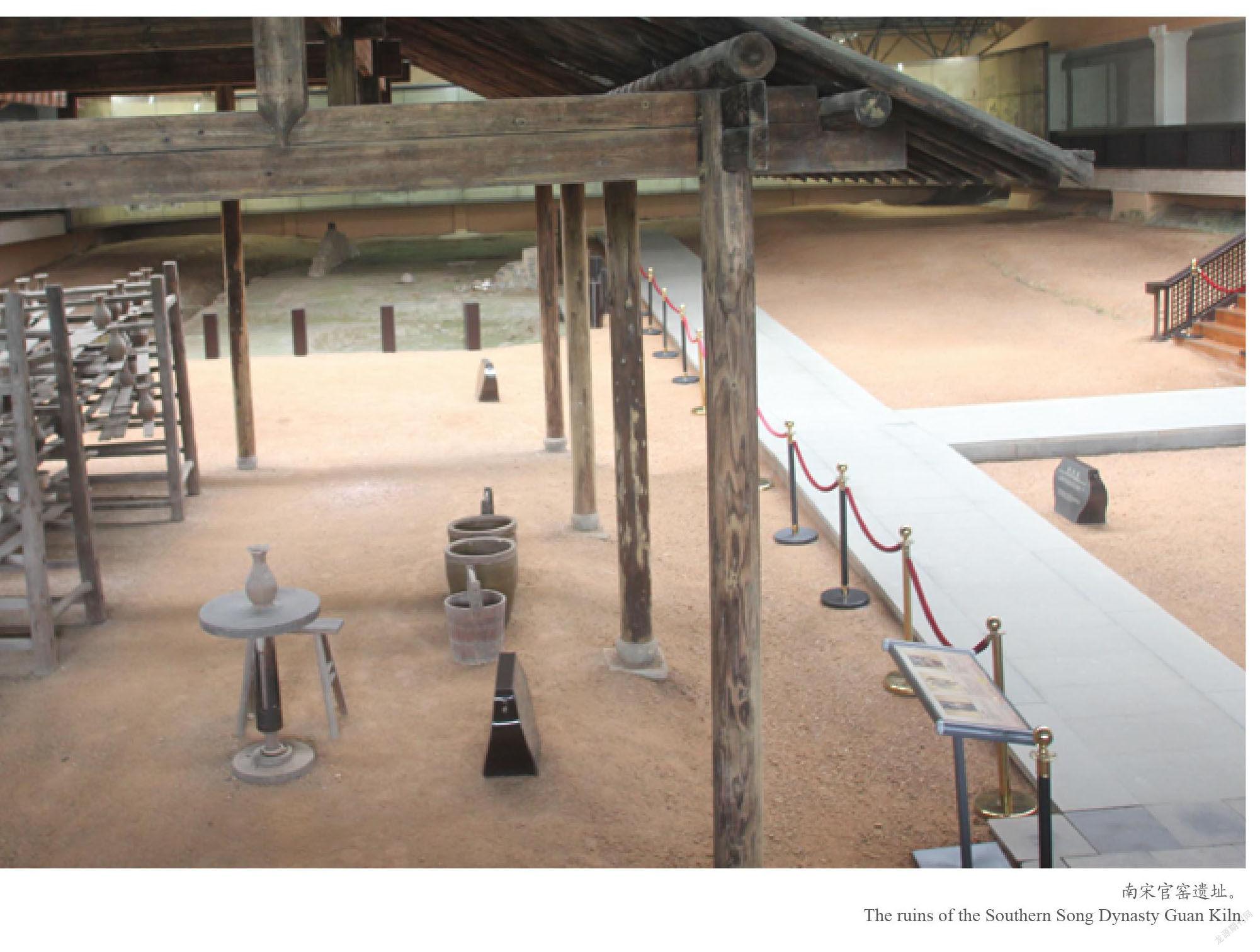
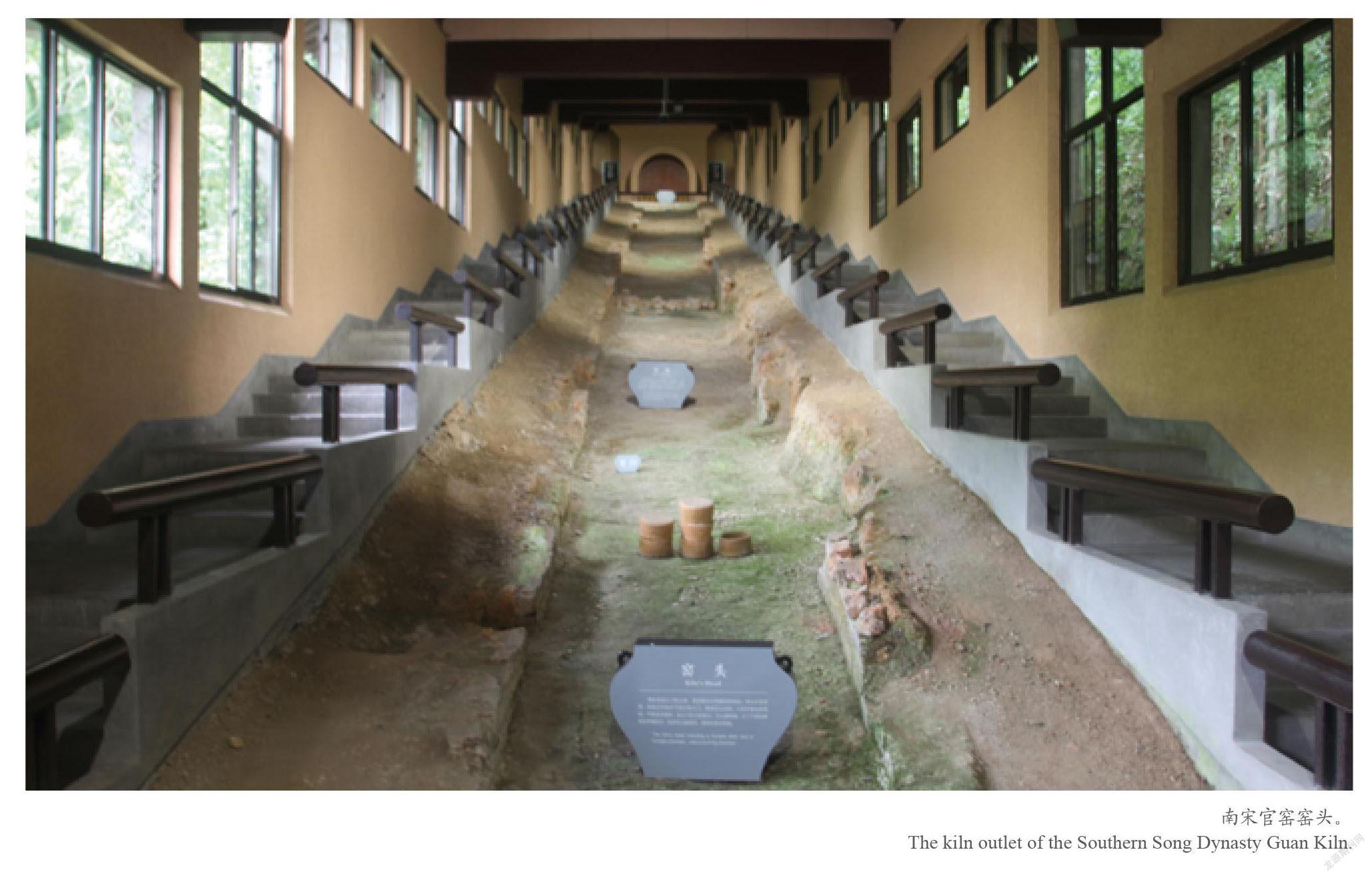
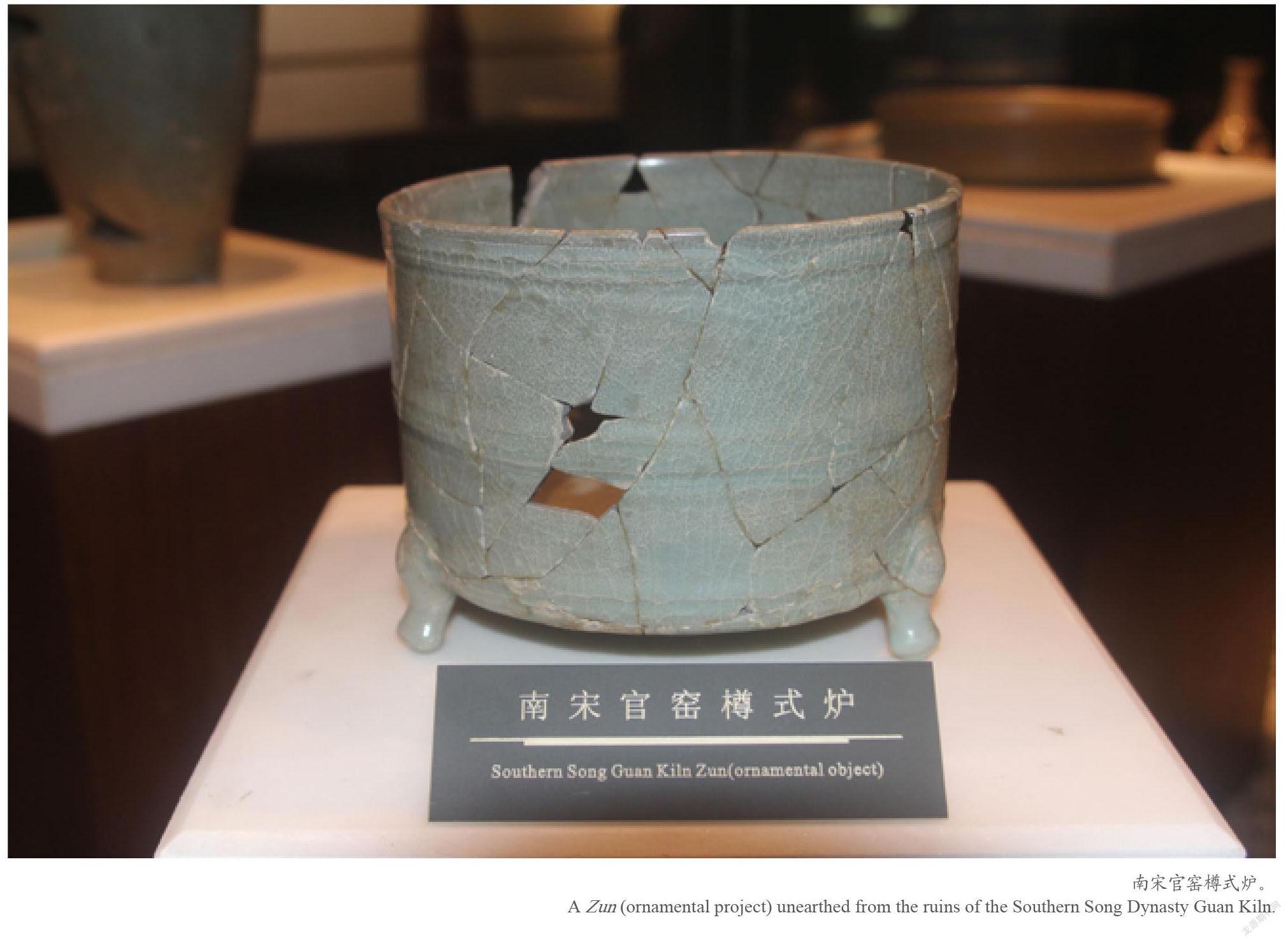
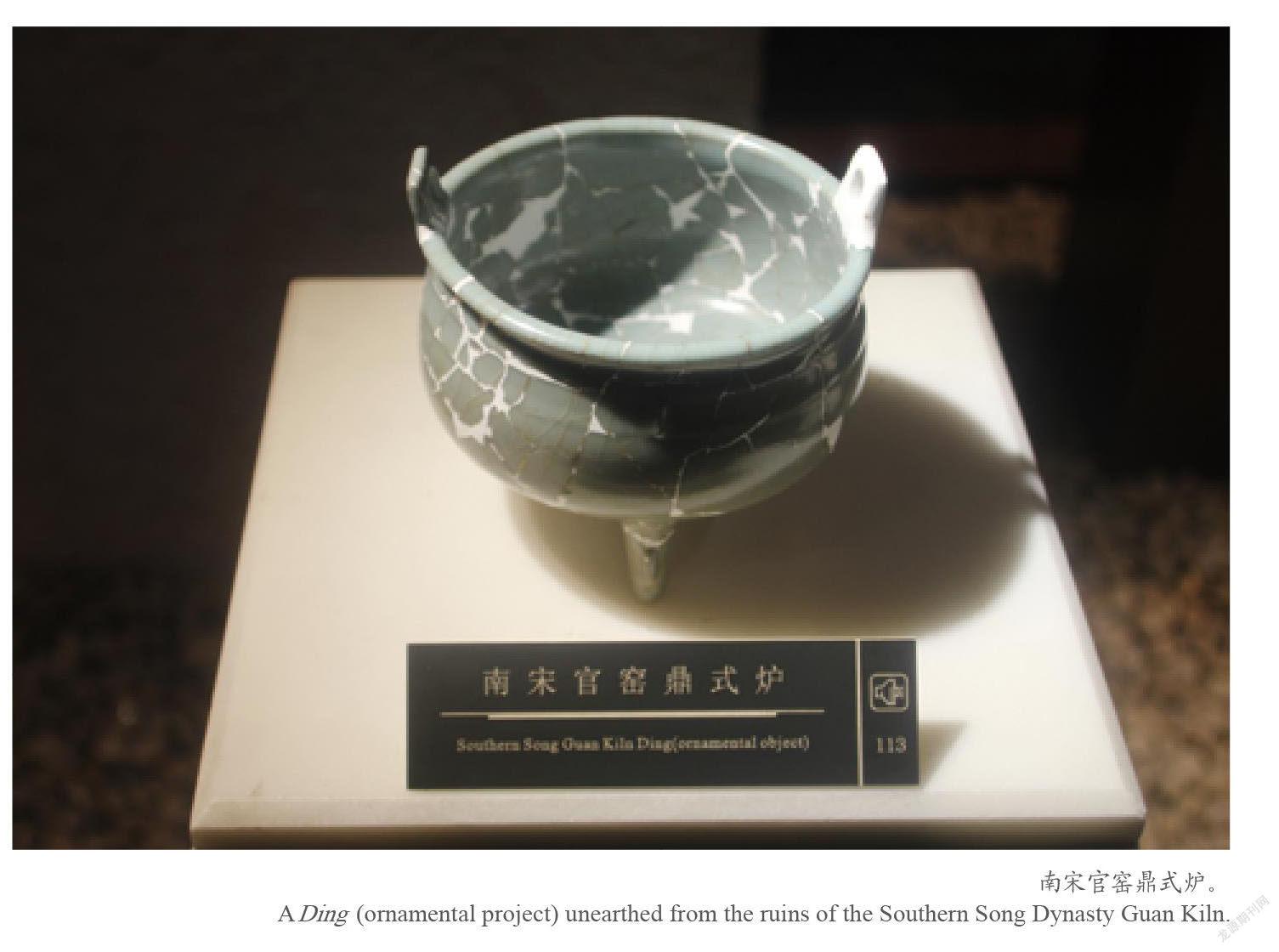
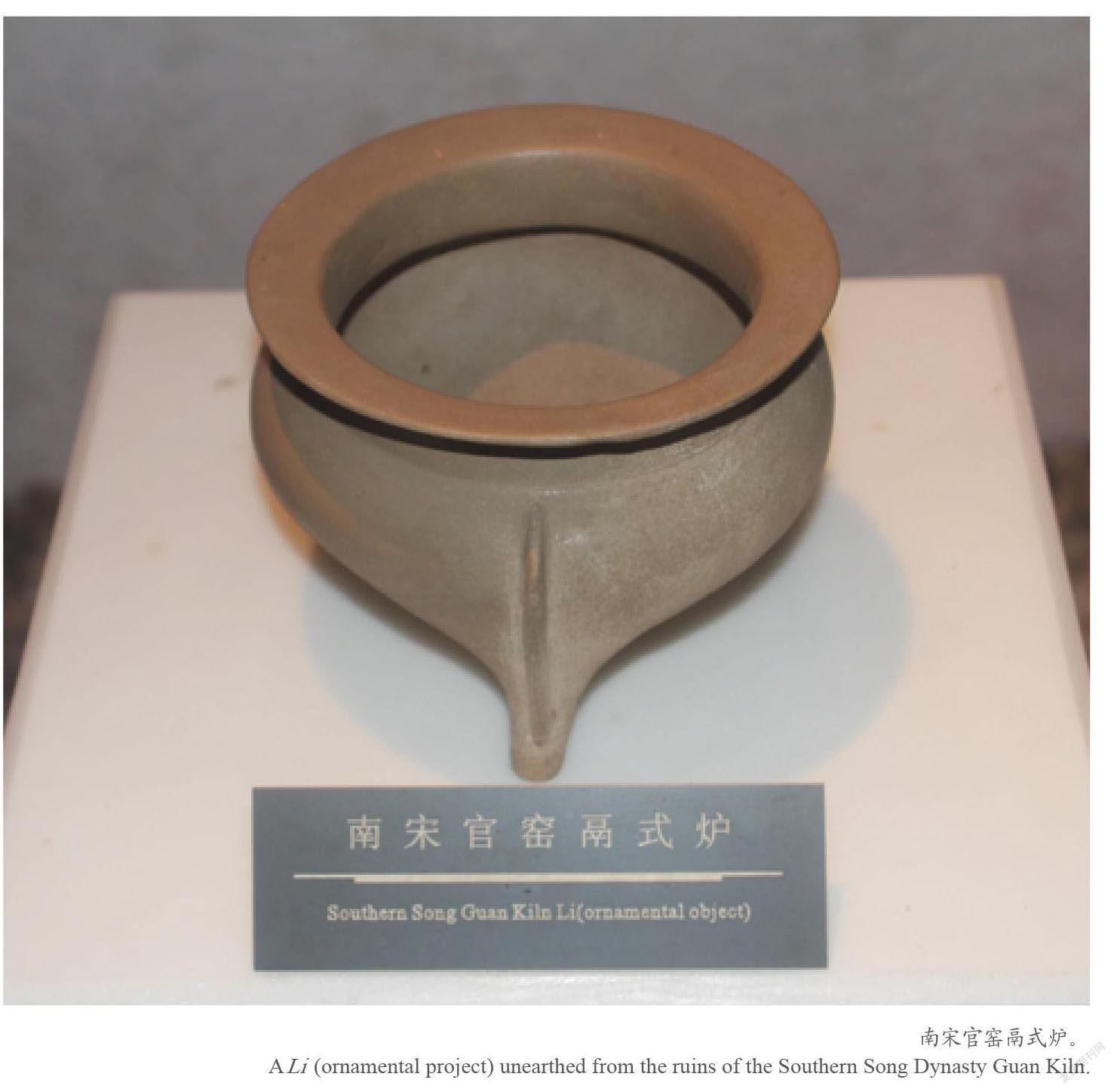
中国香文化是华夏祖先在几千年的生活实践中逐步形成的,它是一个融哲学思想、文化、医学、药学、养生、美学、工艺制作等为一体的系统学说,许多天然的香具有很好的消炎、抗菌、催情、镇咳、袪痰、补身作用。 “静坐一炉香,万事可思量”,这是中国古代文人对香的认定,既确定了香的文化品位,又让香文化在中国文人的心目中成为雅事,它对中国人文精神和哲学思想的形成及发展都有着重要的促进作用。《诗经》《尚书》《礼记》《周礼》《左传》及《山海经》等典籍都有很多关于香的记述。孟子说:“香为性性之所欲,不可得而长寿。”香文化到南宋发展达到鼎盛,香文化融入日常生活。
南宋(1127-1279年)是北宋灭亡后宋室南渡在江南建立的政权。南宋军事实力较为软弱,但却是中国历史上封建经济发达、古代科技发展、对外贸易对外开放程度较高的一个时期,杭州城从“东南名郡”发展成“全国最大的城市”。《梦粱录》是南宋吴自牧所著的笔记,是一本介绍南宋都城城市风貌的著作。《梦粱录》记载:“烧香点茶,挂画插花,四般闲事,不宜累家”,点出了南宋文人雅致生活的“四艺”。此四艺者,将日常生活提升至艺术境界。伴随着烧香点茶,挂画插花,杭州逐渐形成了南宋风雅洒脱的生活方式和深邃隽永的生活美学。这些对后世产生了深远的影响,也融进了杭州的市井生活。
南宋时期虽然内忧外患,但南宋朝廷还是延续北宋体制,设立香药局,属四司六局之一,掌筵席上备办各种香具、醒酒汤菜等。灌圃耐得翁 《都城纪胜 · 四司六局》记载:“香药局,专掌药楪、香毬、火箱、香饼。听候索唤诸般奇香及醒酒汤药之类。”南宋的香文化进入鼎盛时期。南宋设立了市舶司,负责海上对外贸易,并设置了各种贸易点。与南宋有外贸关系的国家和地区更是增至60个以上,海上贸易范围从南洋、西洋直至波斯湾、地中海和东非海岸。贸易港口多达二十多个,主要有广州港、泉州港、明州港(今宁波),当时泉州是最大的海上贸易集散地。朝廷还在贸易港口增设市舶司,加强海外贸易的管理和规范,并在市舶司所在的港口,增设专供外国商人居住的“番坊”和用于番货交易的“番市”。进口商品中香料是市舶司收入中最大的外宗物品之一,也是当时朝廷重要的税赋来源。宋绍兴二十五年,从占城运进泉州的商品中就有沈香(古代沉香写作沈香)等七种香料,达六万三千三百三十四斤,海外输入香料数量之大令人咋舌。 北宋初年香料收入为全国岁入的3.1%,到南宋建炎四年(1130年)达到6.8%,绍兴初达到13%,绍兴二十九年(1159年)仅乳香一项就达到24%,几乎占到全国岁入的四分之一。据《建炎以来朝野杂记》载,仅南宋绍兴三十二年(1162年),泉州和广州两地市舶司的税收就达两百万缗(一千文为一缗)。发达的海外贸易是南宋的重要财政收入来源,对政权的稳定和发展有重大作用,另一方面也加强了中外文化的交流,丰富了人民的物质生活,促进各国经济、文化的发展,开辟了古代中国东西方交流的新纪元。
南宋城市繁华便利,民物康阜。宋人注重衣冠打扮,讲究生活品位。饮酒品茶,焚香插花,琴棋书画,自在悠闲。此时香文化完全融入了人们的日常生活。不单各种宗教仪式要焚香,日常生活中人们也大量使用香料,并将调香(调配天然香料)、薰香、评香、斗香发展成为高雅的艺术。普通百姓日常生活中,居室厅堂里有熏香,在各式宴会庆典场合也要焚香助兴,而且还有专人负责焚香的事务。不仅有熏烧的香,还有各式各样精美的香囊香袋可以挂佩,在制作点心、茶汤、墨锭等物品时也会调入香料。集市上有专门供香的香道店铺,人们不仅可以买香,还可以请人上门制香。在市集酒馆喝酒,也会有“香婆”把点着的香炉放在客官的酒桌上。南宋周密《武林旧事》记载:杭州的酒楼“各分小阁十余,酒器悉用银,以竞华侈。……及有老妪以小炉炷香为供者,谓之香婆。”富贵之家的妇人出行时,常有丫鬟持香薰球陪伴左右;文人雅士则多设香斋,不仅用香品香,还亲手制香,并呼朋唤友,一同鉴赏品评香。
文人讀书宴庆时要焚香,闲居时也有烧香的习惯,这叫“燕居焚香”。许多南宋诗人都写到燕居焚香的生活趣味。如杨万里的《二月十三日谒西庙早起》:“起来洗面更焚香,粥罢东窗未肯光。”陆游的《初夏》:“床有蒲团坐负墙,室无童子自烧香。”南宋著名画家马远有一幅《竹涧焚香图》,画的正是文人雅士闲居独处时焚香。
在宋朝女性的闺房中,香炉也是必不可少的日常用具。李清照是生活在南北宋时期的女词人,她的好几首诗词写了女性生活中的焚香场景:“藤床纸帐朝眠起,说不尽、无佳思。沈香断续玉炉寒,伴我情怀如水。”“薄雾浓云愁永昼,瑞脑销金兽。”瑞脑,即香料;金兽,即香炉。她的词,前期多写其悠闲生活;后期多悲叹身世,情调感伤忧愁。
香炉是古人用以薰香焚香的工具,后多用于为神佛烧香。到了南宋,焚香和祭祀的习俗更甚,用香炉焚香也是南宋的雅致之事。由于焚香的需要,各方面对香具的要求也日趋多元化。这些香炉比较小,以仿古式样的小型香炉最具特色。筒式香炉又称“奁式炉”,流行于南宋以后,其造型似汉代桶形樽,也被称为“樽式炉”。此器形特殊,独具三扁足。宋代烧瓷技术高超,瓷窑遍及各地。瓷炉虽然不能像铜炉那样精雕细琢,但宋代瓷炉却自成朴实简洁的风格,具有很高的美学价值。
到了南宋,龙泉窑异军突起。此时由于熟练掌握了胎釉配方和多次上釉技术,釉色纯正,釉层加厚,成功地烧成了粉青釉和梅子青釉,达到青釉史上的高峰。镇江扬中永鑫堂藏南宋龙泉窑梅子青釉鬲式香炉,该香炉胎灰白色,全器施梅子青釉,釉层丰厚,釉色浓翠莹润。此炉的形制是仿古代青铜器的样式烧制,其外形简练,线条曲直有致,腹部到足面呈现的“出筋”,既加强了器物的美感,逼真地摹仿了青铜器的构造,又体现出梅子青釉之美。
南宋时先后设立了“修内司窑”和“郊坛下窑”。杭州凤凰山麓尚留有南宋官窑老虎洞窑址遗迹。该窑址出土的仿青铜器礼器造型的香炉,胎体黑,外表施青釉;釉面青淳、滋润,色泽淡雅,通体开冰裂纹。香炉造型端庄古朴,隽永典雅,是南宋老虎洞官窑的典型器物。
滄海桑田,南宋香文化是历史留给我们的一曲文化乐章。我们有必要研究挖掘南宋香文化,发扬其中积极健康的养性、怡情、防疫、袪病的功能,让香文化重放光彩。
Song’s Charming Culture
— Exploring the Incense Culture of the Southern Song Dynasty
By Ye Xiangyang
Incense culture was gradually formed in the thousands of years of Chinese people’s life as a systematic theory that integrates philosophy, culture, medicine, pharmacy, health preservation, aesthetics and craftsmanship. Many natural incense sticks have anti-inflammatory, antibacterial, aphrodisiac, antitussive, phlegm-expelling, as well as tonic effect. Ancient Chinese literati identified with incense intellectually, not only affirming the cultural status of incense, but also taking incense culture as an elegant thing in their minds, with an important role in promoting the formation and development of Chinese humanistic spirit and philosophical thoughts. There are many descriptions of incense in ancient Chinese classics, like Book of Songs, Book of Rites, Book of Mountains and Seas. Mencius (372-289 BC) also described incense as what one’s nature desired. Incense culture entered its heyday in the Southern Song dynasty (1127-1279), when it was integrated into daily life.
The Southern Song dynasty was established in the southern part of China after the dynasty lost its northern territory. Its military strength was relatively weak, but it was a period in Chinese history when the feudal economy thrived, science and foreign trade flourished, and the degree of opening to the outside world was quite high. Hangzhou rose from a “noted city in Southeast China” to become the largest city in the country. In Mengliang Lu, or Dreaming Over a Bowl of Millet, a book published in the Southern Song introducing the urban style of Hangzhou, the capital city, “Burning incense and boiling tea, hanging pictures and arranging flowers” were the “four arts” of the elegant literati, which elevated everyday life to the realm of art. Along with these, Hangzhou gradually formed an elegant and free lifestyle and aesthetics, with a profound impact on later generations, as it has been integrated into the life of Hangzhou citizens.
Although there were external troubles, the Southern Song continued the system of Incense and Pharmacy Bureaus as major administrative organs in charge of arranging banquets and providing various incense utensils, hangover soups and the like. The imperial court established the Maritime Trade Bureau and set up various trading posts. The number of countries and regions that traded with the Southern Song increased to more than 60, with trading routes ranging from the Southeast Asia, India to the Persian Gulf, the Mediterranean Sea and the coast of East Africa. There were more than 20 trading ports, including the Guangzhou Port, Quanzhou Port and Mingzhou Port (now Ningbo), with Quanzhou as the largest gathering and distribution center for maritime trade then. The court also set up maritime trade supervisorates at the trading ports to strengthen its management and regulation of overseas trade, and in some ports, there were Fanfang (foreigners’ quarters) for foreign merchants and Fanshi (markets for foreigners) for foreign merchandise transactions. Spices as imports were one of the largest foreign items in the income of supervisorates, as well as an important source of taxation for the imperial court at that time. In 1155, among the commodities shipped from Champa Kingdom to Quanzhou, there were seven kinds of spices, which amounted to a staggering 63,334 catties. In the early Northern Song dynasty (960-1127), revenue from spices accounted for 3.1 percent of the annual national total, and it reached 6.8 percent in 1130, 13 percent in the early 1130s, and in 1159 revenue from frankincense alone reached 24 percent, or almost a quarter of the country’s annual revenue. According to historical records, the tax revenue in 1162 from the supervisorates in Quanzhou and Guangzhou amounted to 2 billion cash. The developed overseas trade was an important source of fiscal revenue, playing a major role in the stability and development of the regime. A new era of East-West exchanges in ancient China began, enriching the local people and promoting the development of economy and culture in various countries.
The cities were prosperous and the people well-off. Song people emphasized their dress and the taste of life. Incense culture was completely integrated into people’s leisurely daily life along with wine and tea drinking, flower arranging, music, chess, calligraphy and painting. Not only was incense needed in various religious ceremonies, but people also used a lot of spices in daily life, and developed an elegant art of incense mixing, incense fumigation, incense evaluation and incense contests. In ordinary people’s everyday life, there was incense in their living rooms and halls, and incense was also burned in various banquet and celebration venues, with specially designated people responsible for incense burning. There were not only incense fumigating, but all kinds of exquisite sachets and pouches were hung, and spices were also added when making snacks, tea soup, ink sticks and other items. There were shops specializing in incense in the market. People could buy incense, but also invited professionals to make incense at home. In market taverns, an “incense lady” would place lit incense burners on the wine table of guests, as recounted in Wulin Jiushi, or Ancient Matters from the Wulin Garden. Wealthy ladies went out often accompanied by maids holding aromatherapy balls; scholars often set up incense studios, not only to savor incense, but also to make incense sticks by themselves, and they used to invite friends to appreciate incense together.
The literati burned incense sticks when reading and feasting, and had the habit of burning them when idle. Many contemporary poets, for example, Yang Wanli (1127-1206) and Lu You (1125-1210), wrote about the taste of such life. Ma Yuan (1160-1225), a famous painter then, painted Burning Incense by a Bamboo Stream, a picture of enjoying incense when elegant scholars lived alone. In the women’s boudoir of the Song dynasty (960-1279), an incense burner was an essential daily utensil as well. Li Qingzhao (1084-1155) the poetess described this several times about her leisurely life in the early stage and her lamentable life experience in the later stage.
Incense burners were a tool used by the ancients to fumigate incense, but later mostly used in worshiping gods and Buddha. In the Southern Song dynasty, the custom of burning incense and offering sacrifices was practiced even more fiercely. Burning incense in an incense burner was also an elegant thing to do then. Thus requirements for incense utensils were increasingly diversified. These were small, especially in antique style. Popular after the Southern Song, this barrel-type vessel had a special shape with three flat feet. The technique of firing porcelain was superb, and porcelain kilns were spread all over the country. Although not as finely crafted as the copper furnace, the porcelain furnace was simple in style and high in aesthetic value.
Longquan Kiln emerged suddenly. Due to its fetal glaze formula and repeated glazing techniques, the glaze color was pure, and the glaze layer thickened. Hence the peak in the history of celadon, with its either pale or plum green glaze. The Longquan Kiln plum green celadon incense burner collected by Yongxintang in Yangzhong of Zhenjiang is in the form of an ancient bronze cooking tripod, with a gray and white body and covered with plum green glaze, and the rich glaze layer makes the glaze color thick and green. The shape of this utensil is concise with its straight and curving lines, and its “ribs” showing from the body to the feet not only strengthen the beauty of the utensil by imitating the structure of bronze ware realistically, but also reflect the beauty of plum green glaze.
The Southern Song court also set up the Xiuneisi Kiln and Jiaotanxia Kiln. At the foot of the Phoenix Mountain in Hangzhou, there are still the remains of the Southern Song Guan (or Official) Kiln. The incense burners unearthed from the kiln site in the shape of a bronze ritual vessel show a black body and green glaze; the glazed surface is green, sleek and elegant in color, with ice cracks all over. The shape of the incense burner is dignified and simple, as a typical artifact of the Official Kiln.
Although it has been nearly a thousand years since the Southern Song period, after the vicissitudes of life, its incense culture is an invaluable heritage left to us. We need to study and excavate it and carry forward its positive and healthy functions of character cultivation, happiness nurturing, epidemic and disease prevention, so that the incense culture can regain its brilliance.
——香草传

